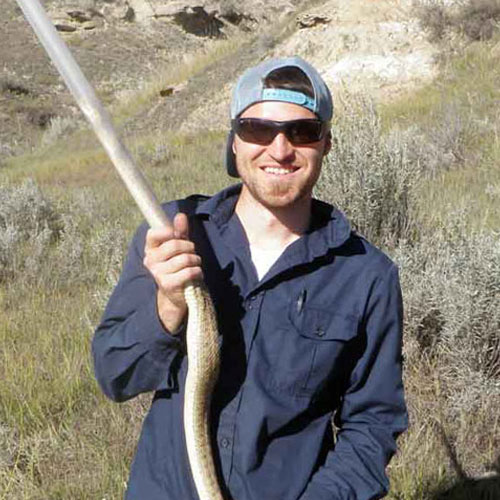Jararaca (Bothrops jararaca); Photo by Frederico de Alcântara Menezes
© 2023 Wildlife Preservation Canada
Wildlife Preservation Canada
5420 Highway 6 North
Guelph, ON N1H 6J2
Toll free 1 (800) 956-6608
Phone 1 (519) 836-9314
admin@wildlifepreservation.ca
Territory Acknowledgement
WPC is headquartered in Guelph, Ontario on the homelands of many nations, including the Anishinaabek, Neutral, Métis, Mississauga, and Haudenosaunee Confederacy, and on the treaty lands of the Mississaugas of the Credit First Nation. We work across Turtle Island, and have deep gratitude to all the Indigenous Peoples who have been, and continue to be, stewards and protectors the lands on which we rely.








